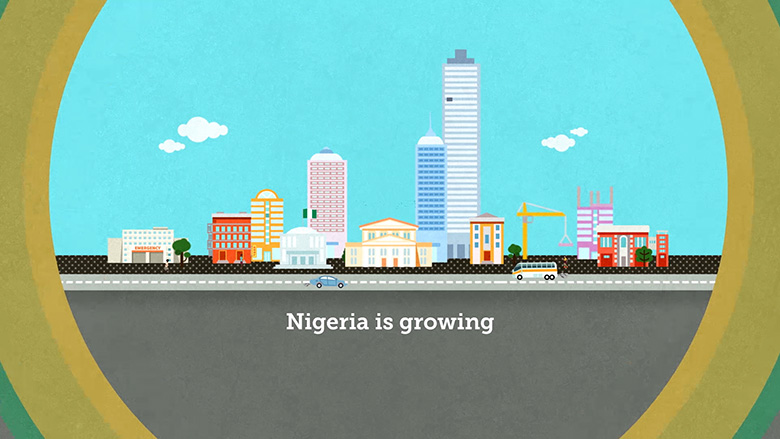ABUJA, March 15, 2016 – The latest World Bank Group report for Africa’s most populous country provides an in-depth analysis of Nigeria’s labor market, noting the diversity across geographic areas, sectors, and demographic groups.
“More, and More Productive Jobs for Nigeria: A Profile of Work and Workers,” examines Nigeria’s complex labor market to explore how better jobs and income-earning opportunities can form the basis for more diversified growth, more evenly distributed poverty reduction, and social cohesion. The findings point to a distinct polarization that will require an accelerated structural transformation to significantly increase productive employment opportunities.
“Nigeria is facing a real challenge when it comes to creating enough good jobs for the many new entrants to the job market, and it was important to have reliable data to better understand all the various dimensions of this phenomenon,” said Kathleen Beegle, World Bank lead economist and co-author of the report.
The report notes that “business as usual” gross domestic product (GDP) growth is fostering the emergence of “two Nigerias” one in which high and diversified growth provides more job and income opportunities to a small share of the population, and one in which workers are trapped in a low-productivity and traditional subsistence activities. This polarization was also observed geographically with the report revealing a divide between northern Nigeria, which has low levels of education access and high youth underemployment, and southern Nigeria, where jobs and income opportunities are concentrated.
This geographic divide also has sectoral dimensions, with two thirds of the population in the North East occupied in agriculture, compared to less than one in five in the South East. Despite the fact that half of working Nigerians are in smallholder farming, agriculture only contributed to 22% of GDP in 2012. In addition, half of those working in agriculture belong to the poorest 40% of the population compared to only 17% of wage workers.
The report calculates that given the country’s rapidly growing population, it will require 40 to 50 million additional jobs to employ its population. The transformation of employment opportunities will need to be balanced and inclusive to also address the gender gap in the labor market and youth unemployment.
However, the report notes that higher employment rates are not a silver bullet to reducing poverty. A majority of the population works, although most work in low-productivity, low-income jobs that allow them to consume what they produce or live off of modest profits from what they sell, according to the report. Thus, the report emphasizes the importance of the quality of Nigeria’s employment opportunities to ensure that the population can move towards attaining middle income status.
The report offer a series of solutions to address Nigeria’s job challenges, including:
- In education, Nigeria needs to improve basic skills levels and build better policies and programs that would boost access and market relevance of technical vocational education and training
- In agriculture, increase access to markets, inputs, credit, and technology.
- To help grow private businesses and increase their employment capacity, Nigeria will need to improve the business climate. The biggest gains in productivity would come from reducing crime, improving access to credit, reducing losses due to power outages, and increasing use of the internet.
- A coherent framework and institutional set-up for social safety nets is needed to prevent people from falling into poverty and protect economic development over the long term.

